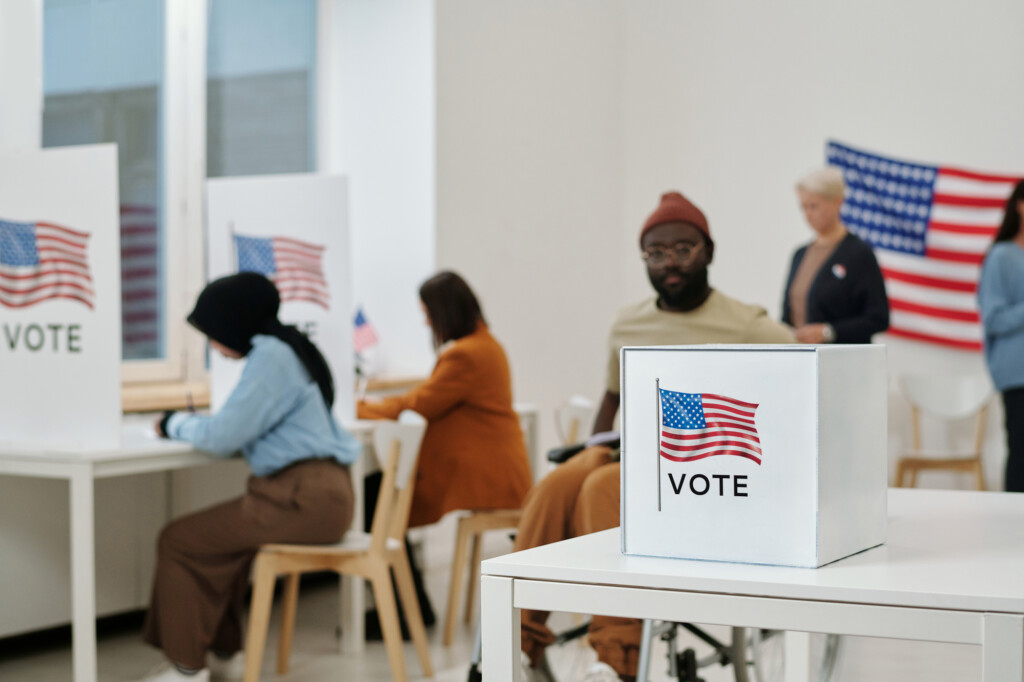On December 16, Democratic Senators Brian Schatz of Hawaii, Dick Durbin of Illinois, and Peter Welch of Vermont introduced a constitutional amendment to abolish the Electoral College, advocating for the direct election of the President by popular vote.
The Electoral College has been a cornerstone of the U.S. electoral system since the Constitution was ratified in 1788. However, critics argue that the system is outdated and undemocratic, especially when it produces results that do not align with the national popular vote. Over the past 20 years, two presidential candidates — George W. Bush in 2000 and Donald Trump in 2016 — won the presidency despite losing the popular vote. Both instances sparked national debates over the legitimacy and fairness of the Electoral College.
“In an election, the person who gets the most votes should win. It’s that simple,” Senator Schatz states. “No one’s vote should count for more based on where they live. The Electoral College is outdated and it’s undemocratic. It’s time to end it.”
The Electoral College comprises 538 electors, with each state allocated a number equal to its total number of Senators and Representatives in Congress. To secure the presidency, a candidate must obtain a majority of 270 electoral votes. In most states, the candidate who wins the popular vote receives all of that state’s electoral votes. This system can result in a candidate winning the presidency without securing the national popular vote.
“The Electoral College undermines the principle of ‘one person, one vote,’” Senator Welch said. “It’s time for us to modernize our election system and ensure that every American’s vote counts equally.”
Abolishing the Electoral College would require a constitutional amendment, which would require approval by a two-thirds majority in both the House of Representatives and the Senate, followed by ratification from three-fourths of the state legislatures.
Photo Credit: DepositPhotos.com



